The potential for liquid biopsy to diagnose, monitor and inform treatment decisions for oncology patients is vast, however this technology is often limited by the ability to separate sufficient numbers of circulating tumor cells from the blood. Now, researchers from Duke University, MIT and Nanyang Technological University in Singapore have developed a method of isolating these circulating tumor cells from blood samples using sound waves.
Encouragingly, the researchers report that the contactless technique is speedy enough for clinical use where a fast turnaround on lab results helps ensure patients are treated faster. The researchers published their findings in the journal Small.
Circulating tumor cells are those that have come away from the site of the primary tumor and entered the bloodstream. By studying these cells, physicians can understand the genetic underpinnings of cancer, its morphology and how best to treat it. However, these circulating tumor cells are present at very low concentrations in the blood with only about one tumor cell being present in a sample containing billions of blood cells.
This makes it challenging to collect enough of these circulating tumor cells to get reliable and accurate results from a liquid biopsy. Current methods are able to separate circulating tumor cells from the surrounding blood components, however they often damage cells in the process, limiting further analysis.
“Biopsy is the gold standard technique for cancer diagnosis,” said Tony Jun Huang, the William Bevan Professor of Mechanical Engineering and Materials Science at Duke. “But it is painful and invasive and is often not administered until late in the cancer’s development. With our circulating tumor cell separation technology, we could potentially help find out, in a non-invasive manner, whether the patient has cancer, where the cancer is located, what stage it’s in, and what drugs would work best. All from a small sample of blood drawn from the patient.”
According to Huang and his team, their sound wave-based separation technology has an efficiency of 86 percent at isolating circulating tumor cells from a 7.5ml blood sample in less than one hour. In this process, the blood is pumped through a small channel where it is subjected to a standing sound wave applied to the fluid on an angle. The pressure from the acoustic force pushes the larger circulating tumor cells into another collection channel thereby separating them from the blood cells.
This technique maintains the integrity of the tumor cells by pushing on them with enough force to separate them but not so much that the cells are damaged. This gives lab staff a better chance to analyze the circulating tumor cells in their native state.
“The biggest asset of this acoustic method of separation is that it’s very gentle on the circulating tumor cells,” said Andrew Armstrong, associate professor of medicine, surgery, and pharmacology and cancer biology at the Duke University School of Medicine. “The cancer cells remain viable after passing through the chip and can be characterized, cultured or profiled, which allows us to do genotyping or phenotyping to better understand how to kill them. The idea is to develop personalized medicine approaches to individual patients based on their cancer biology, similar to what infectious disease doctors do with bacterial cultures and antibiotics.”
The team demonstrated the clinical utility of the acoustic separation technique by collecting and profiling circulating tumor cells from patients with prostate cancer. They found key differences in the expression of treatment markers between patients, including prostate specific membrane antigen (PSMA), which suggests patients may benefit from diverse therapies.
The researchers hope that their technology will one day be used to develop a chip-based test that is both inexpensive and disposable. The hope is that the tool will be faster and more efficient in the future and will be applicable to multiple cancer types.
“The only FDA-approved technology for [circulating tumor cell] detection can only count and do basic characterizations of [circulating tumor cells] but cannot grow [circulating tumor cells] outside of the body, because it basically kills the cells in the process,” said Armstrong. “Being able to get to these cells while they’re still alive gives us at least a chance at culturing them or profiling them outside of the body to do the types of drug sensitivity and genetic testing that may better inform therapy.”


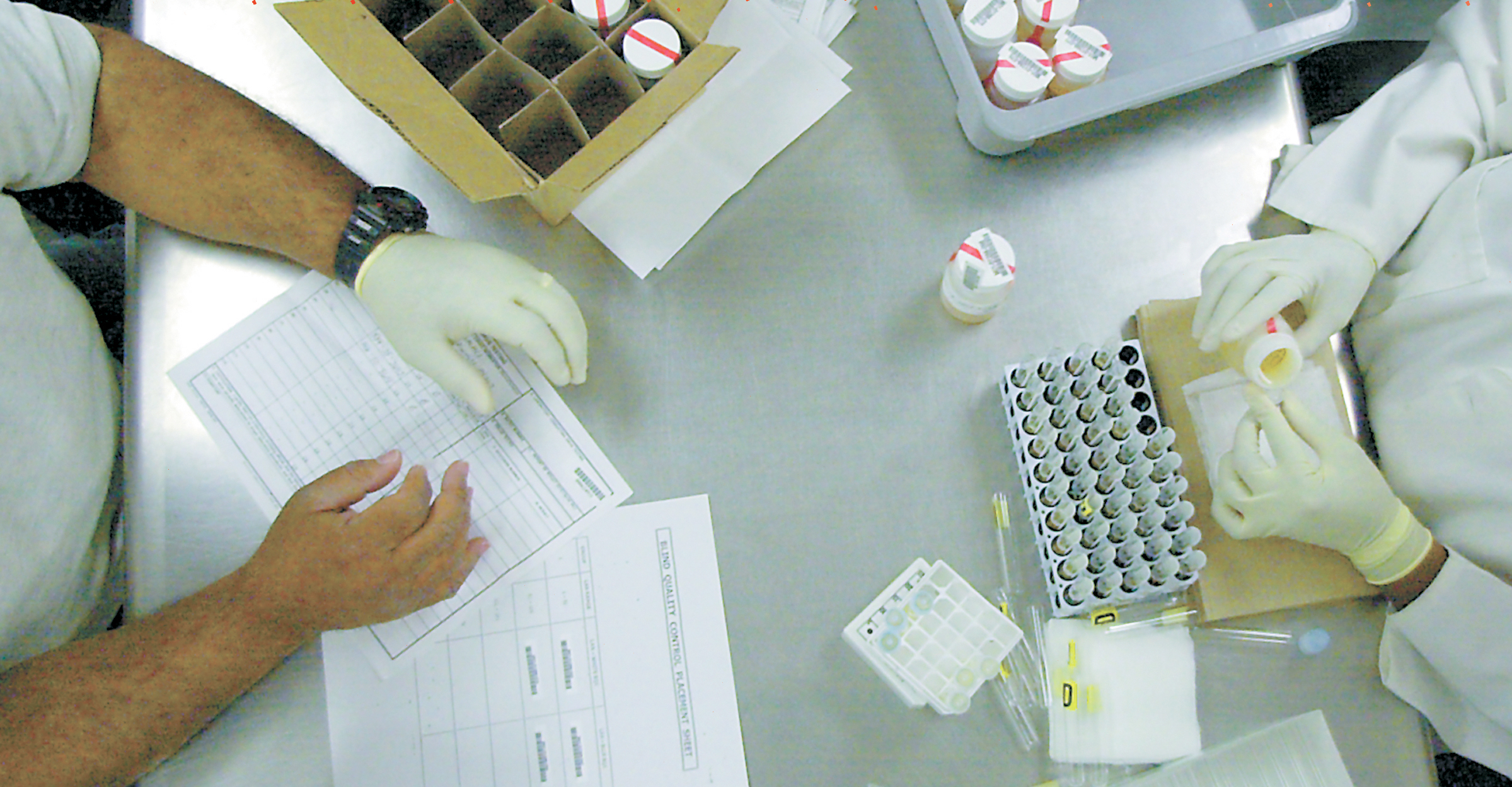
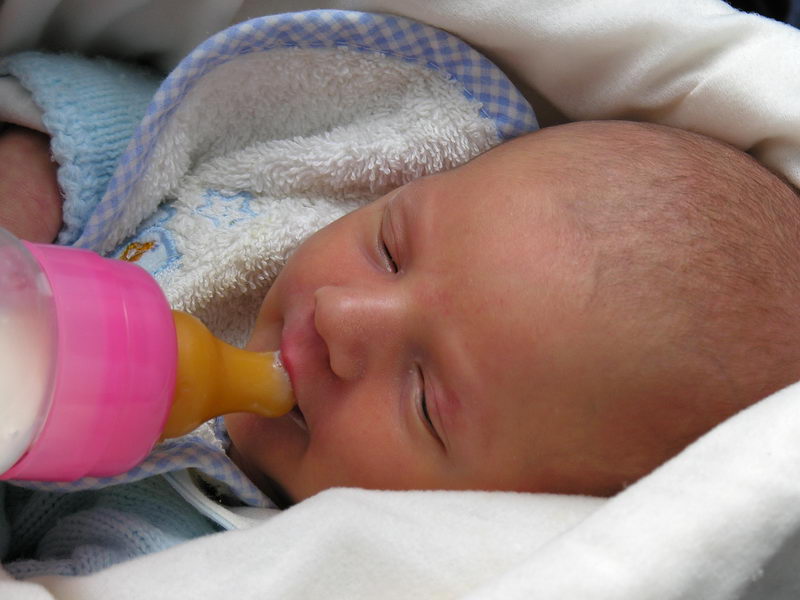
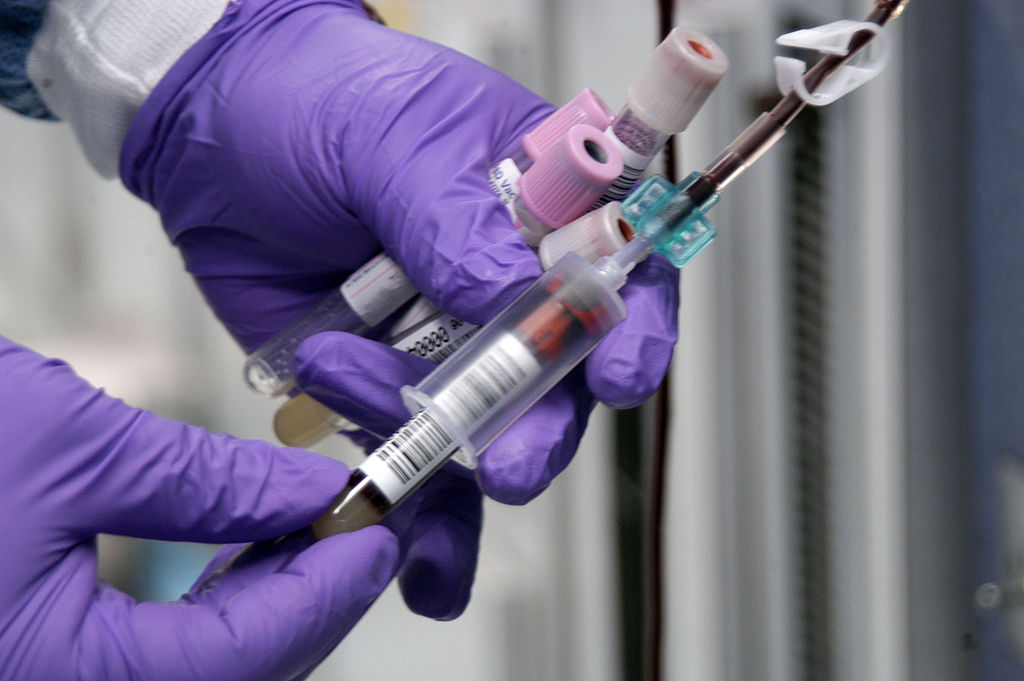
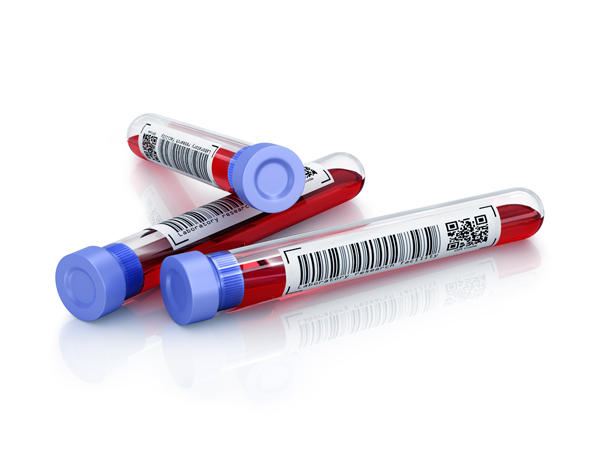
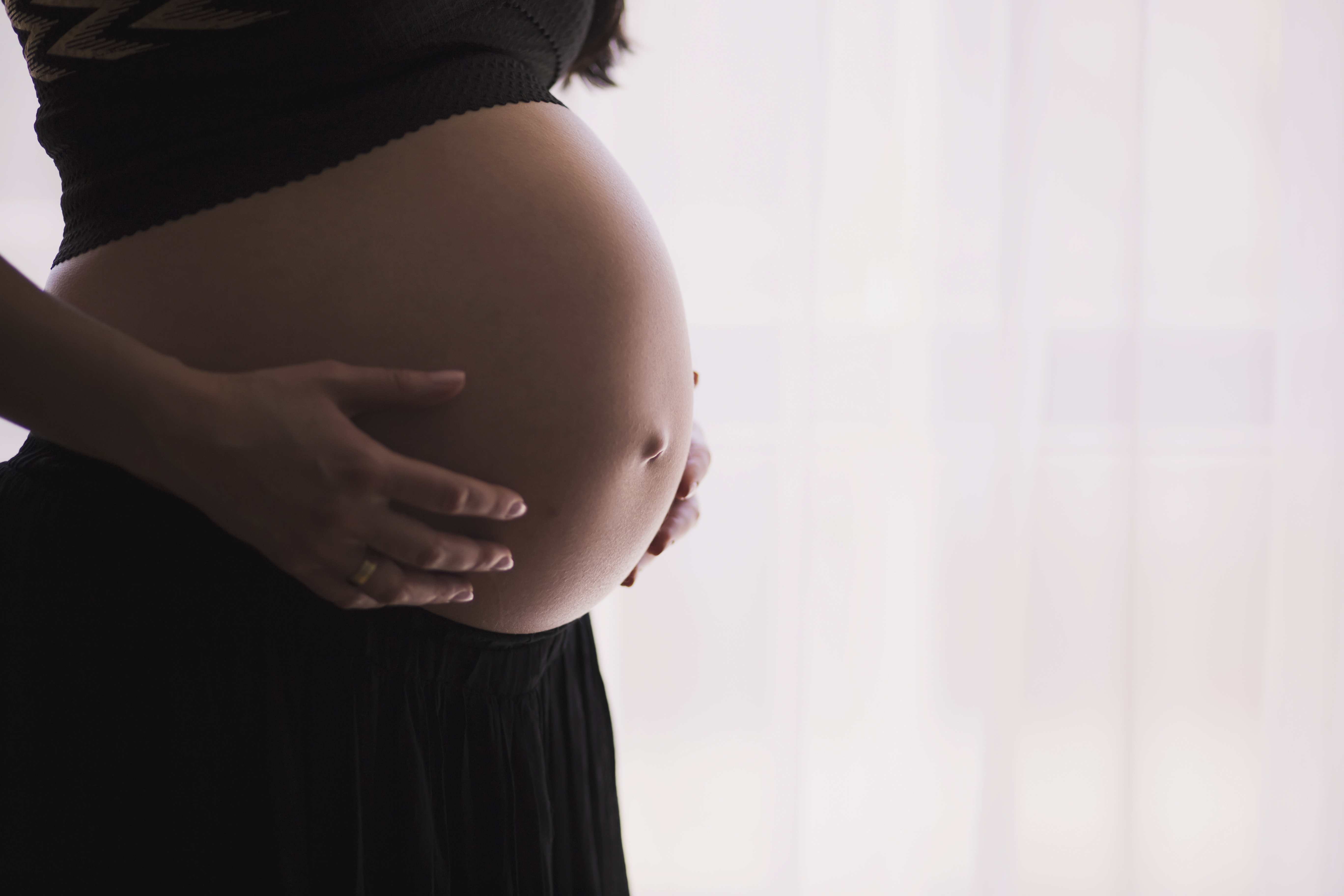





Join or login to leave a comment
JOIN LOGIN